Degüello by ZZ Top
Buy Degüello ZZ Top came back from an extended break to close out the 1970s with Degüello, their sixth studio release. Mirroring the group itself, this album is as much about an attitude and […]
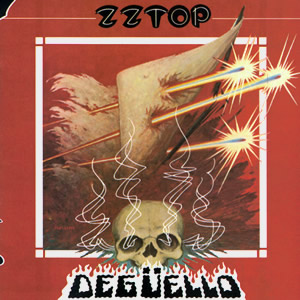
Buy Degüello ZZ Top came back from an extended break to close out the 1970s with Degüello, their sixth studio release. Mirroring the group itself, this album is as much about an attitude and […]
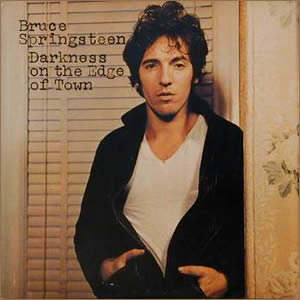
Buy Darkness On the Edge of Town Bruce Springsteen set out to make a rural influenced album with Darkness On the Edge of Town, the long awaited follow-up to his 1975 breakthrough, Born to […]
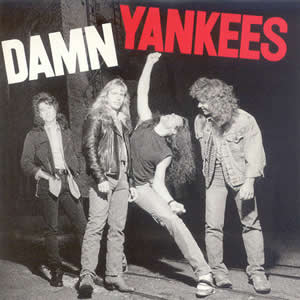
Buy Damn Yankees Before its swift exit from the mainstream rock scene in 1991, “hair metal” had its last hurrah during the year 1990. Perhaps the apex of this final phase was the […]
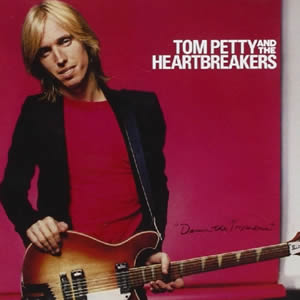
Buy Damn the Torpedoes The major label breakthrough by Tom Petty and the Heartbreakers, the 1979 release Damn the Torpedoes, scored both commercial success and critical acclaim. This was accomplished in spite of […]
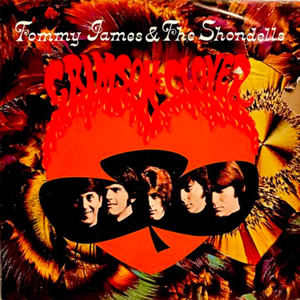
Buy Crimson and Clover Tommy James and the Shondells hit their creative and commercial climax in 1969 with their sixth studio album, Crimson and Clover. This album combines some heavy psychedelic elements with […]
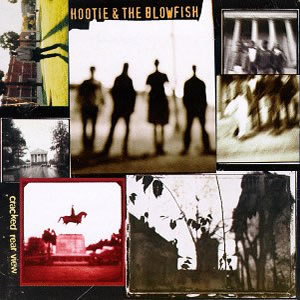
Buy Cracked Rear View Cracked Rear View was a debut album that found phenomenal commercial success for Hootie & the Blowfish. Released in 1994, it went on to be the highest selling album […]
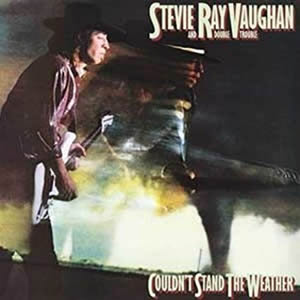
Buy Couldn’t Stand the Weather Couldn’t Stand the Weather is the critically acclaimed sophomore release by Stevie Ray Vaughan and Double Trouble. The album features an equal mix of original compositions and cover […]
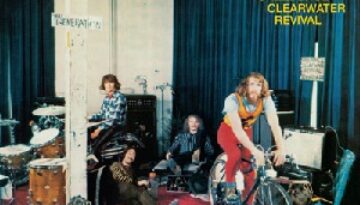
Buy Cosmo’s Factory If nothing else, Cosmo’s Factory is a unique and unconventional album in its structure and approach, as it starts out oddly and packs all its pop/rock firepower towards the back […]
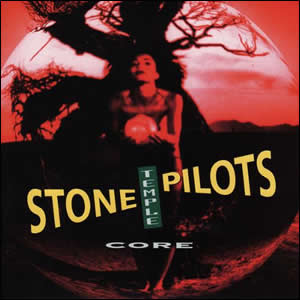
Buy Core Around 1990, a hard rock band from San Diego, CA called Mighty Joe Young recorded a demo featuring some unorthodox musical styles, such as funk and yodeling and soon began to […]
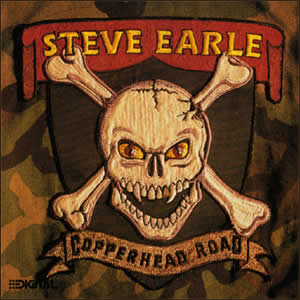
Buy Copperhead Road Steve Earle has always woven in and out of the outlaw country genre exploring different sectors of musical territory. Back in 1988, Earle took his first major turn into what […]